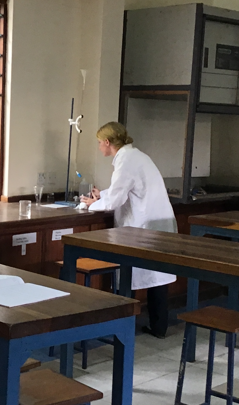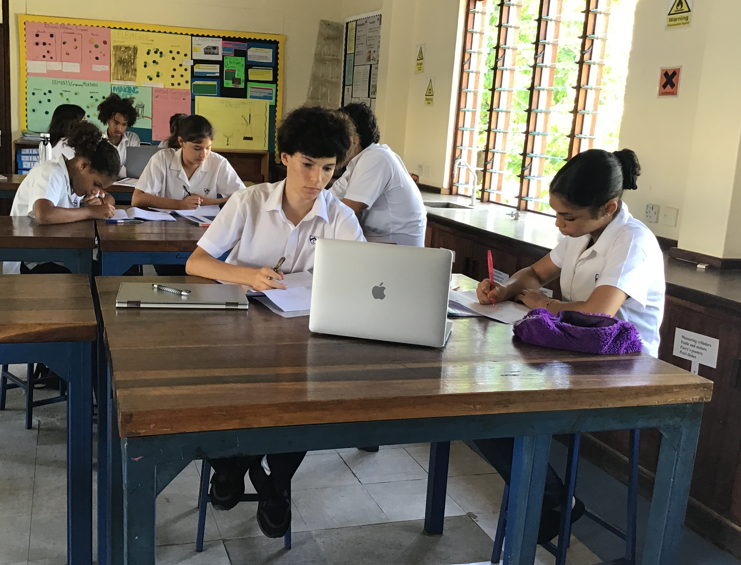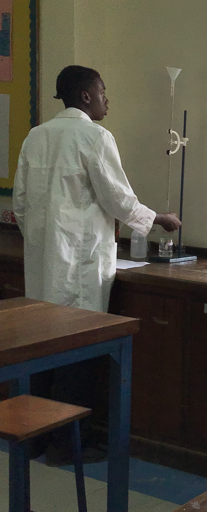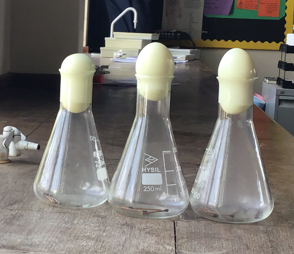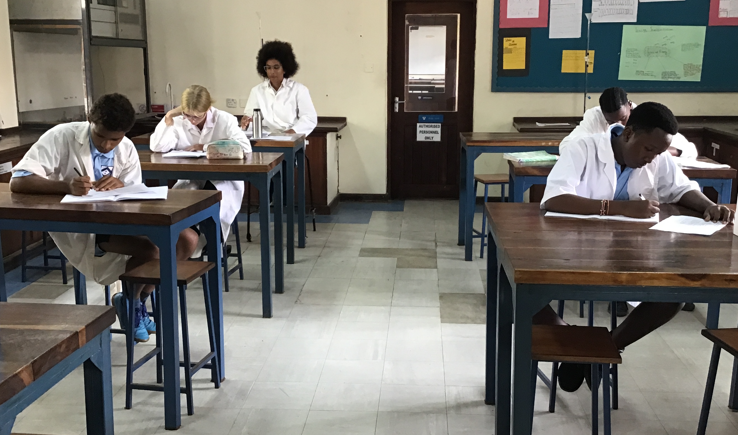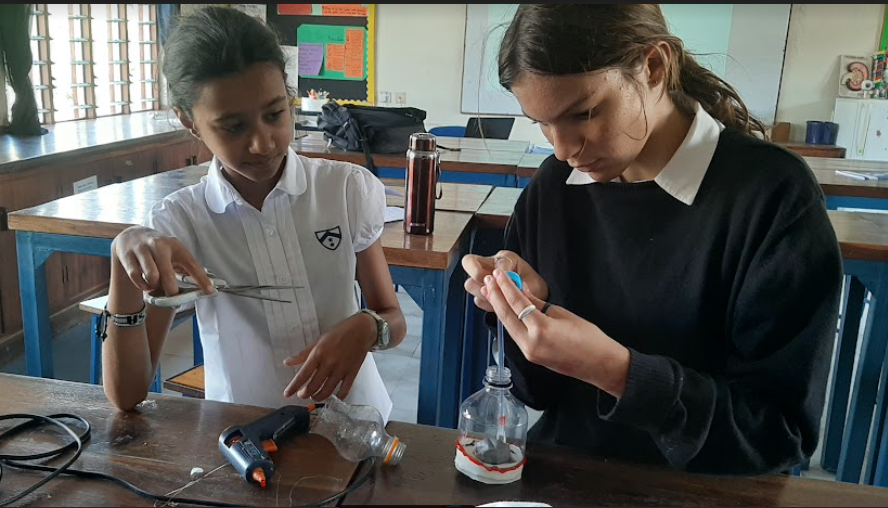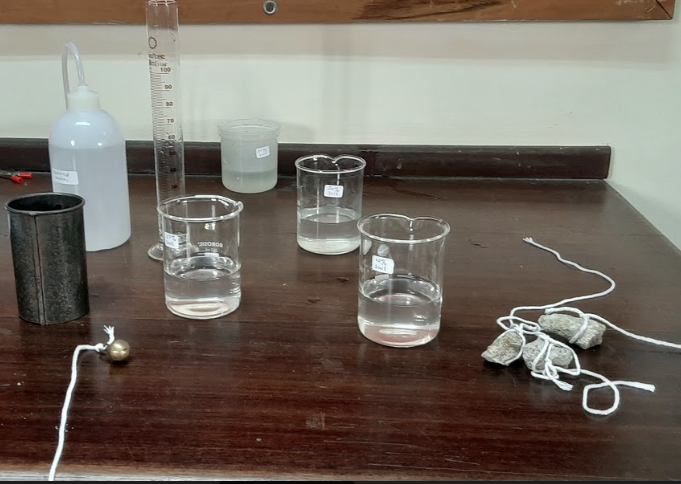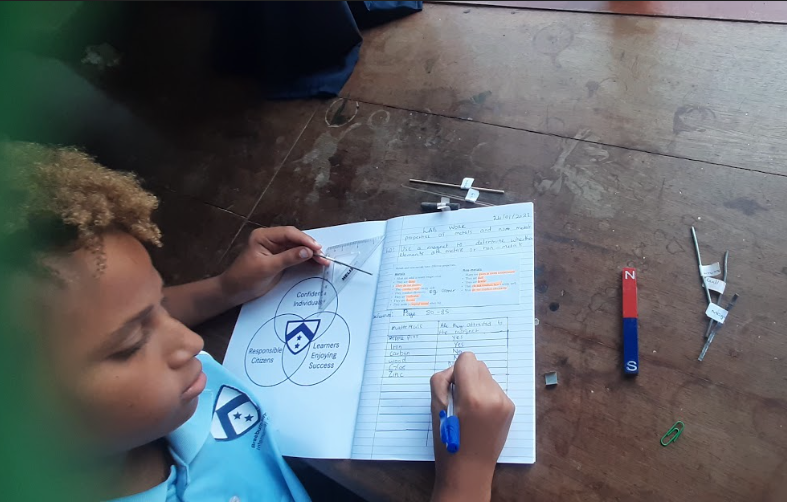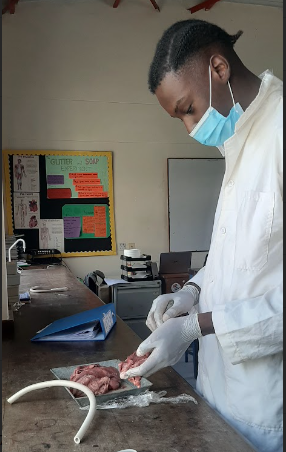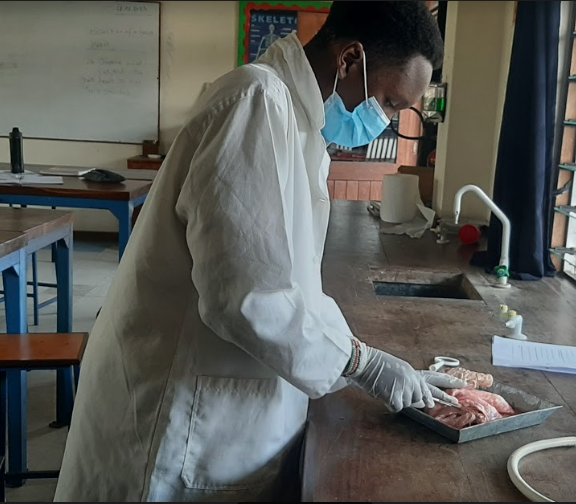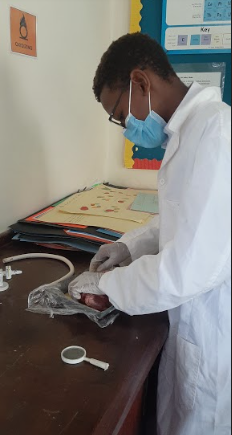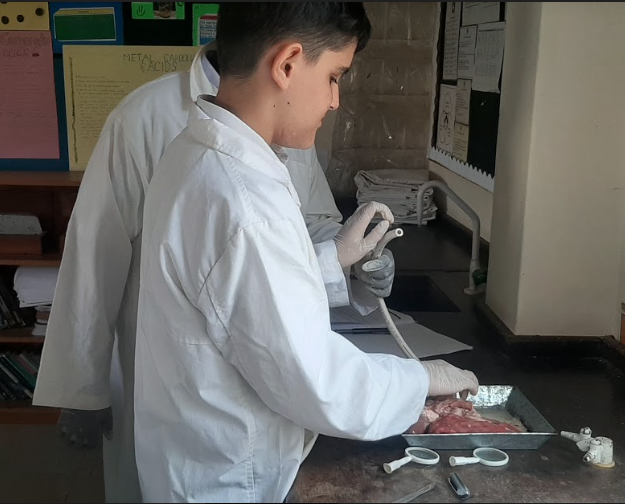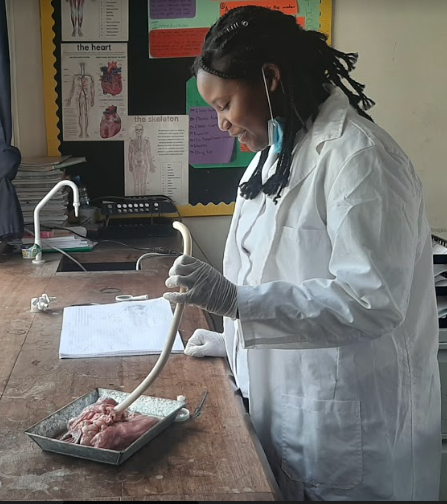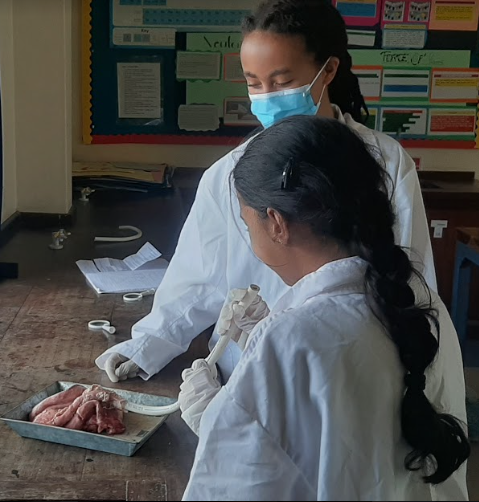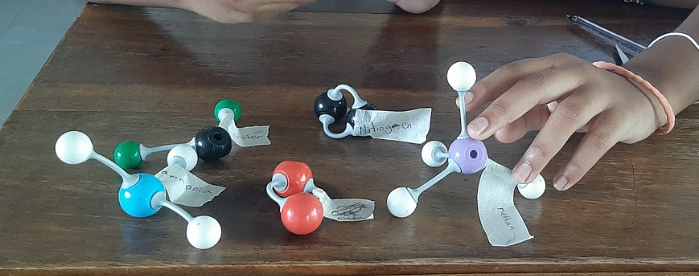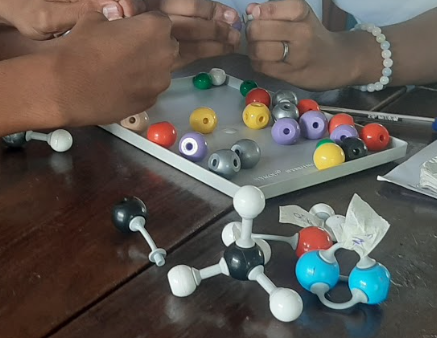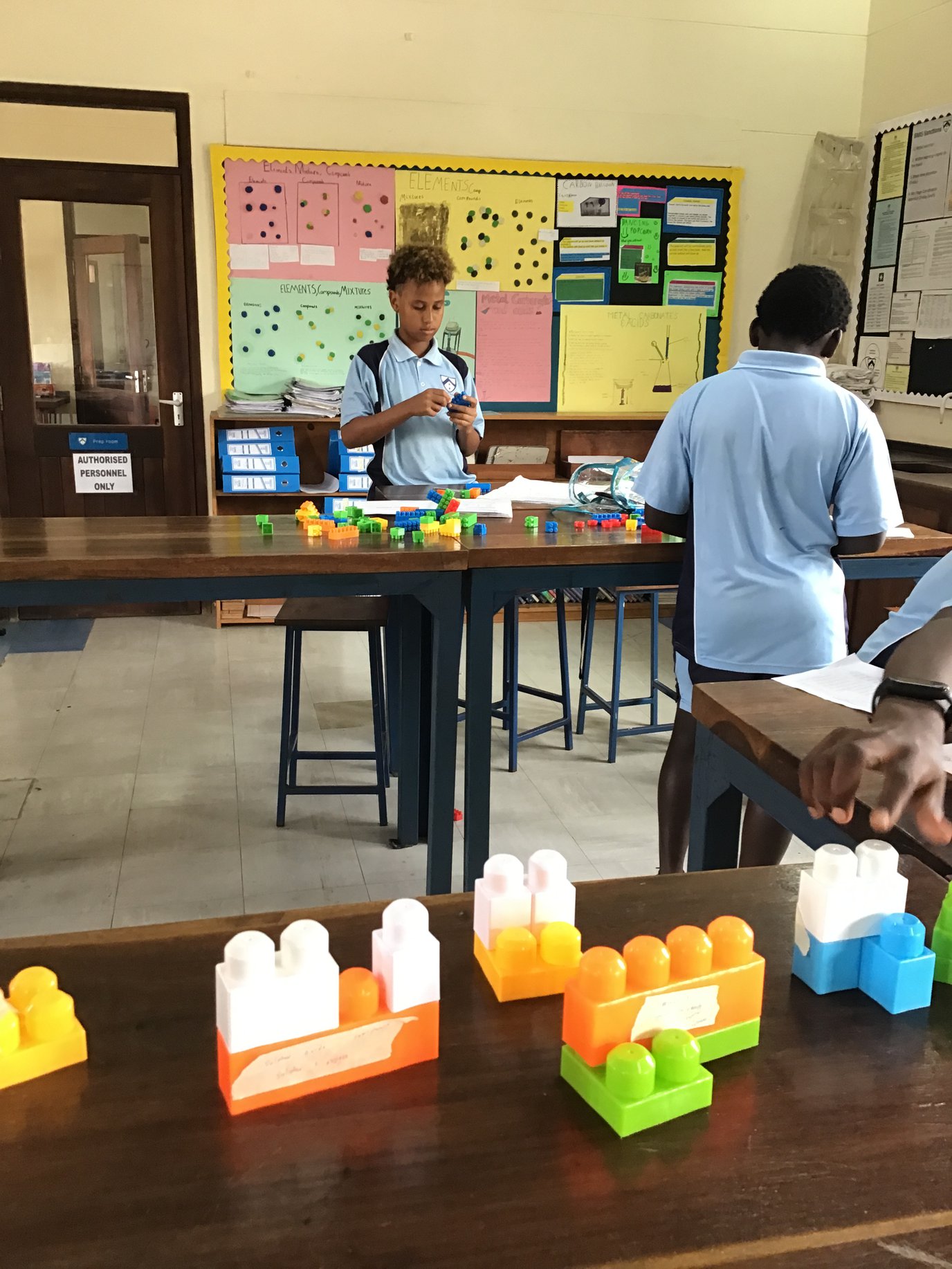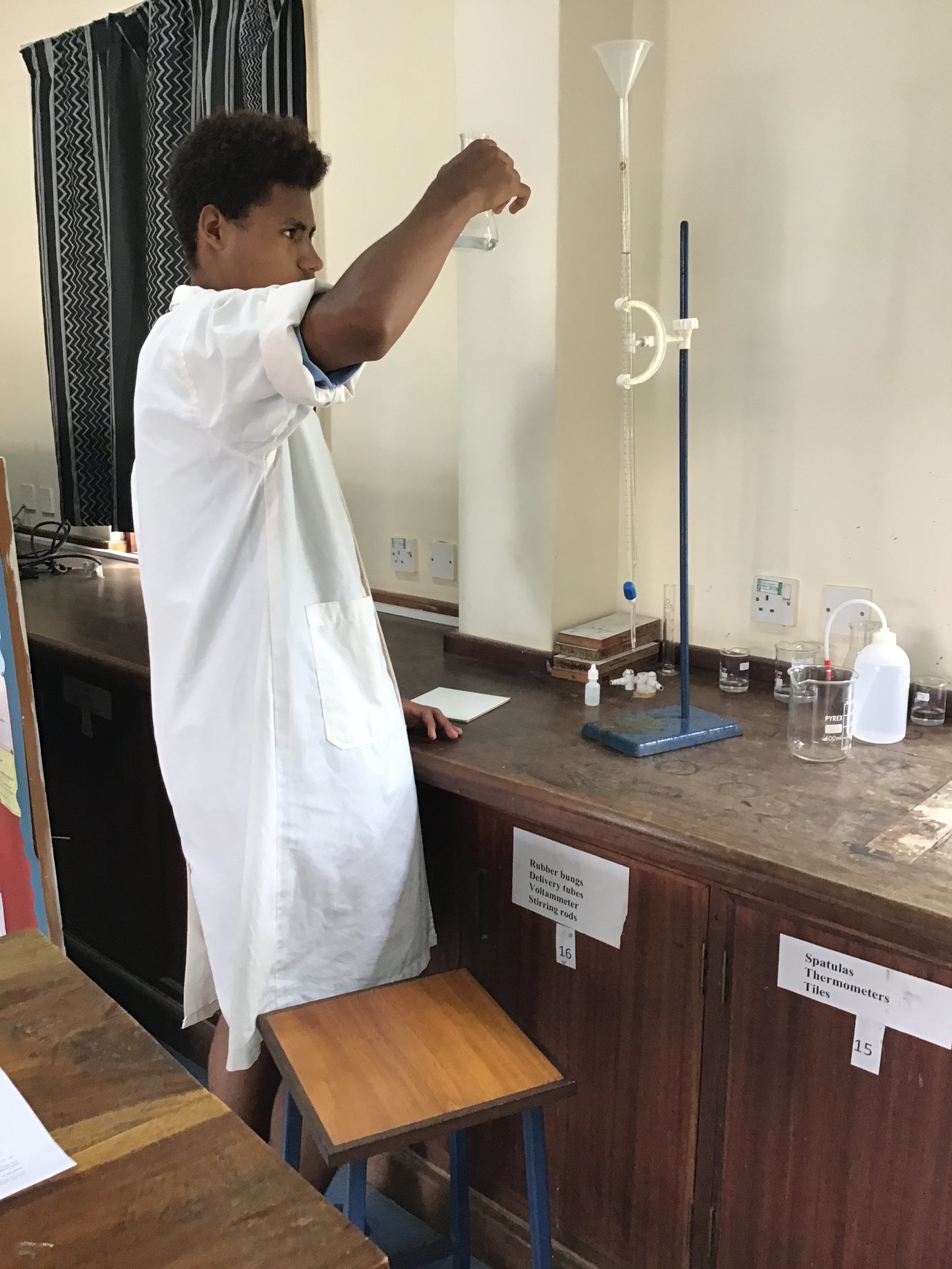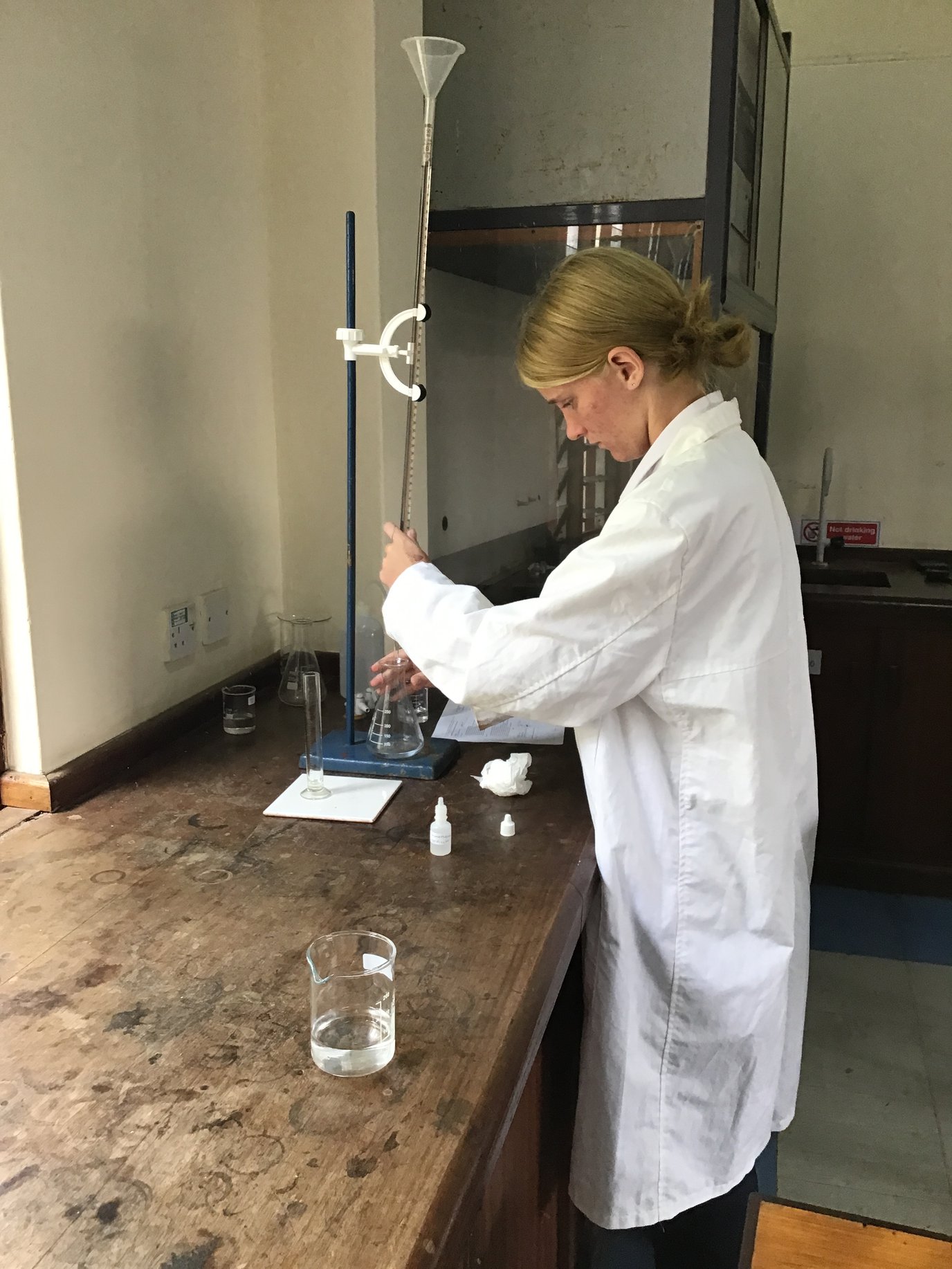Secondary Science News
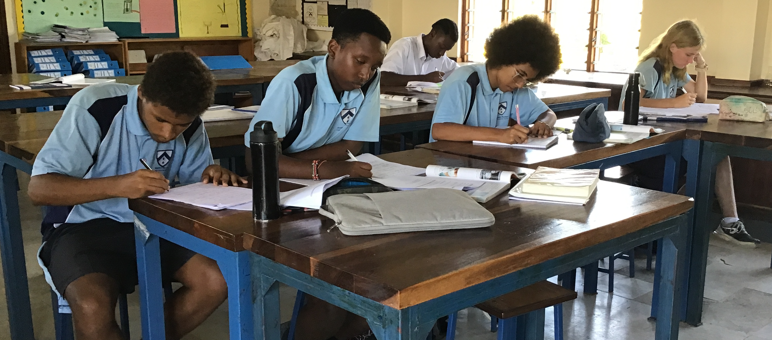
3rd February 2023
The students are continuing to explore science in and out of the classroom. They have carried out a variety of activities and lab work to enhance their learning.
Year 7 students used building blocks to make elements, compounds and mixtures. Each lego brick represented one atom and each coloured block represented one atom for each element. I used this activity to help students visualise how atoms are used as the building blocks of matter and how matter can be classified as elements, compounds, or mixtures. They also carried out an investigation to make compounds formation of compounds like Sulphur + iron to give Iron sulphide. The students investigated properties of matter and how matter occupies space too.
Year 8 students investigated pressure. They used differences in air pressure to force an egg into a conical flask. They observed how air expands when it is heated. If air is heated in a container that prevents expansion, the pressure of the gas increases. When the heat source is removed, the air will contract and decrease in pressure. This is what caused the egg to be sucked up by the conical flask.In the lung dissection experiment, they observed, using magnifying lenses, and dissected lungs from a goat. They identified associated organs that make up the respiratory system. They then modelled the respiratory system using locally available materials.
Year 9 students have been busy preparing for pre-mock checkpoint exams scheduled for week 5. We have been using past papers to test our knowledge on the concepts and content previously covered in the current and earlier years.They used the molymods to form compounds, mixtures and elements and further investigated how to determine and calculate the density of regular and irregular objects.
Year 10 students calculated the concentration and moles used to make solutions in the lab. An acid–base titration is a method of quantitative analysis for determining the concentration of an acid or base by exactly neutralising it with a standard solution of base or acid having known concentration. They further did practise papers to test their understanding of the concept. They also investigated, dissected and observed the various body systems like the circulatory and respiratory system. They manage to look through the organs and identify details of tissues and cells present in the body by looking at a goat's heart.
Ms Okech
Biology, Chemistry and KS3 Science Teacher
